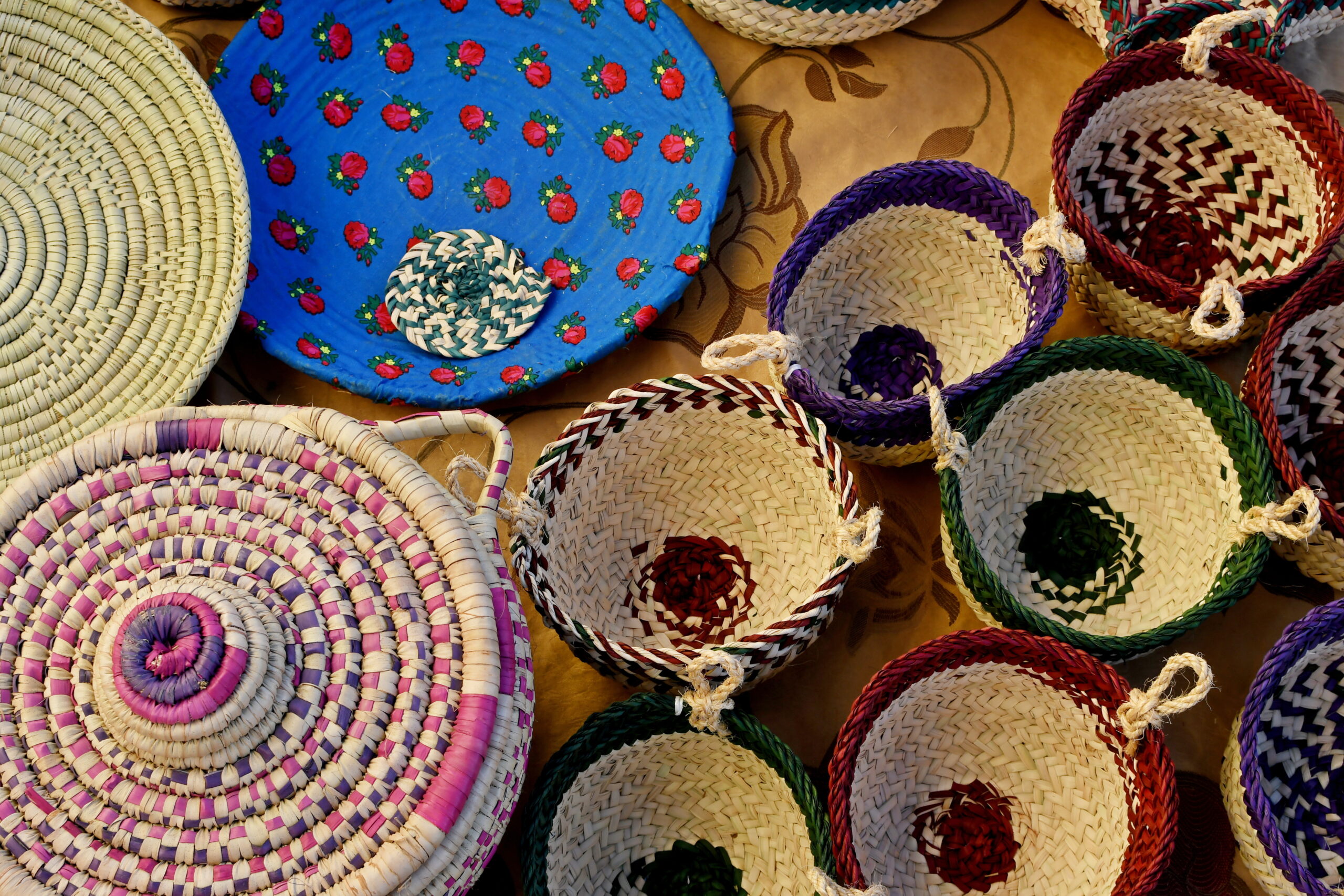FTTH Cable Assembly Line Solutions & Equipment
The global need for high-speed optical internet is set to surpass 50 billion-plus connections by 2025, signaling a significant shift in the communication industry. This increase underscores the pivotal role of fiber-to-the-home cable manufacturing lines in the industry’s evolution. As innovations in technology propel fiber optic manufacturing forward, producers are now able to creating high-quality FTTH cables. These fiber lines are designed to support the growing need for swift and reliable online connections. For enterprises, the selection of optimal manufacturing machinery is paramount to keeping a competitive edge in this rapidly changing environment. The core of efficient communication technology systems depends on the procurement of superior FTTH cable production lines.
Key Takeaways
- Fiber-to-the-home technology is essential for providing fast broadband to residential users.
- Advancements in optical fiber production simplify production processes.
- High-quality production line equipment impacts overall performance.
- Meeting the increasing needs of consumers is key for communication companies.
- Investing in FTTH production lines maximizes return on investment.
Comprehending Fiber-to-the-Home Technology
FTTH technology, an acronym for Fiber To The Home, marks a cutting-edge network architecture. It leverages Sheathing line to provide high-speed internet and strong communication services straight to homes. This approach varies greatly from traditional copper wire networks, providing substantial advantages for today’s consumers.
What is FTTH?
FTTH involves the deployment of optical fibers from a central office or network node straight to a home. This configuration guarantees exceptional bandwidth capacity, drastically enhancing performance over legacy systems. Users gain from faster data transmission rates, stable links, and reduced lag. These upgrades enable seamless streaming, gaming, and other data-intensive activities.
The Importance of FTTH in Telecommunications
FTTH plays a pivotal position in communications systems. It meets the growing demand for broadband access, essential for both personal and corporate usage in the modern age. Corporations depend on FTTH for their operations, while residences enjoy enhanced connectivity. This supports e-learning, remote work, and media consumption. Investing in FTTH enhances user experiences and stimulates economic growth across multiple industries.
Key Elements of FTTH Cable Production
The creation of FTTH cables necessitates a range of crucial components, each holding a pivotal role in the cable’s durability and functionality. These elements are essential to selecting resources that guarantee maximum performance and lifespan.
Outline of FTTH Cable Elements
FTTH cable components encompass:
-
Optical fibers: The core of the cable, designed to transmit data in the form of light signals.
-
Protective sheathing: Provides shielding and protects the fiber core from environmental factors.
-
Reinforcement materials: Incorporated to offer tensile strength, ensuring the cable to withstand mechanical strains during setup and operation.
The accurate combination of these materials is essential for the cable’s reliable operation across diverse environments.
Benefits of Premium Materials
Investing in superior resources significantly improves the production process of FTTH cables. Superior elements lead to:
- Enhanced durability and lifespan of fiber lines.
- Better efficiency, resulting in faster data flow.
- Lower repair expenses over the long term due to fewer failures or issues.
By focusing on high-quality materials, manufacturers can elevate operational efficiency and keep a competitive advantage in the market.
You said:
continue
ChatGPT said:
ChatGPT
FTTH Cable Production Line Equipment
In the field of FTTH cable manufacturing, the selection of suitable machinery is critical for maintaining high standards and output performance. Each component of the production line directly influences the end result, ensuring that cables comply with strict requirements.
Significance of Appropriate Machinery
Optimizing the selection of FTTH cable production line equipment is essential for achieving high-quality results. Quality machinery not only increases production efficiency but also reduces downtime and running costs. Utilizing dependable fiber manufacturing machinery allows manufacturers to regularly generate high-caliber FTTH cables that fulfill increasing requirements. The influence of well-chosen machinery transcends manufacturing; it shapes the overall achievement of the business.
Types of Machinery Used in Production
Several pivotal machinery types are integral to the FTTH cable production process, each with a distinct function:
-
Extrusion Lines: Vital for applying insulation to the fiber, ensuring its long-lasting performance and operational integrity.
-
Optical Fiber Stretchers: These machines are key in elongating the fiber, offering accurate regulation over the final diameter.
-
Stranding Lines: Crucial for twisting multiple fibers, stranding lines augment the cable’s durability and flexibility.
-
Optical Fiber Coders: These devices apply color identifiers to fibers, streamlining identification and deployment.
Each piece of production equipment is vital in boosting production efficiency and delivering superior results. By comprehending their functions, producers can optimize their choices that improve manufacturing processes.
Features of a Complete FTTH Cable Manufacturing Setup
A comprehensive FTTH cable production line integrates multiple key components. These parts significantly boost the effectiveness and standard of the final product. It is vital to understand the roles of the fiber twisting system, the optic fiber coder, and the optic fiber stretching device to streamline manufacturing workflows.
SZ Stranding Line Functionality
The fiber twisting system is essential for the accurate organization of fiber optics. It enables the coiling and bundling of optical fibers with precision. This method is essential for preserving data transmission quality. The stranding equipment guarantees even pressure and proper arrangement, avoiding data dropouts and structural damage.
Advantages of a Fiber Coloring Machine
Integrating a optic fiber coder into the manufacturing process improves visual identification and accuracy in production. This equipment enables the addition of vibrant optical identifiers, making cable organization during deployment and troubleshooting easier. The visual differentiation helps installers in easily recognizing and working with various fiber strands, leading to a more streamlined process.
Functionality of the Optical Fiber Stretching Device in Manufacturing
The fiber draw tower is key for ensuring the precise thickness of optic cables. It processes molten glass into fine fibers with precise measurements. By adhering to strict guidelines, the stretching system enhances the reliability and efficiency of FTTH cables. It guarantees they meet industry specifications, leading to overall quality.
Advancements in FTTH Fiber Manufacturing
Innovative fiber production has significantly advanced the development of fiber optic cables. The integration of intelligent systems and eco-friendly machinery has boosted production output and sustainability. These improvements not only enhance manufacturing but also address the escalating need for superior communication systems.
The Role of Intelligent Systems in Fiber Production
Smart technologies have revolutionized the fiber production industry by introducing robotics and live tracking. Through big data analysis and machine learning, producers can:
- Enhance output through automation of routine procedures
- Minimize production mistakes with real-time quality assessments
- Adopt proactive repairs, reducing downtime and breakdowns
These technological improvements guarantee manufacturers can quickly produce premium fiber optic cables, fulfilling the needs of modern telecommunications.
Eco-Friendly Machinery for Fiber Production
The emphasis on energy-efficient design in FTTH cable manufacturing is paramount. Modern equipment is designed to reduce power consumption and minimize waste. The benefits are:
- Reduced running expenses, improving overall bottom-line results
- Reduced carbon footprint, supporting eco-friendly initiatives
- Improved efficiency and durability of machinery, resulting in reduced repair needs
By embracing eco-friendly machinery, fiber secondary coating line fiber producers aid in environmental conservation and enhance their competitive position in a rapidly changing industry.
Optimizing Production with State-of-the-Art Machinery
In the quest of improved productivity in FTTH cable production, the importance of cutting-edge machinery is paramount. Methods from the fiber secondary coating line and the outer covering process are key in optimizing production. These approaches not only strengthen the resilience of the optical cable but also streamline the manufacturing process significantly.
Fiber Secondary Coating Line Techniques
The optic fiber second-coat application is vital for applying a protective layer to optical fibers. This process is improved by several key techniques:
-
Accurate Coating: Ensures consistent application, which enhances the integrity of the fiber.
-
Quality Control: Incorporates modern testing mechanisms to identify defects early in the production process.
-
Process Acceleration: Increases production rates without sacrificing performance, allowing for larger batch production.
By adopting these strategies, producers can greatly enhance the performance of their fiber cables while guaranteeing cost-effectiveness.
Benefits of Integrating Sheathing Processes
Adding a outer covering process into the production workflow provides various advantages that improve the integrity and reliability of the final product. Key advantages include:
-
Enhanced Protection: The sheathing process protects the fiber from environmental factors and environmental factors.
-
Improved Handling: Fibers are easier to handle and install due to the enhanced pliability and strength from the outer coating.
-
Tailored Solutions: Manufacturers can tailor the outer covering features to meet specific project needs and regulations.
Incorporating a outer coating process in production processes fortifies the durability of FTTH cables, ensuring they meet the challenges of real-world applications. The integration of advanced equipment in the fiber secondary coating line and outer covering system forms a foundation for production optimization. This leads to superior fiber cables for telecommunications.
Challenges in FTTH Fiber Production
FTTH manufacturing encounters significant challenges that can affect both production efficiency and product quality. Telecommunications firms face several manufacturing difficulties, which can impede their workflow. Identifying these challenges is pivotal in developing efficient production approaches aimed at enhancing output and reliability.
Common Production Issues
Several critical production issues arise during the FTTH cable production cycle:
-
Equipment failures: Unexpected equipment breakdowns can halt manufacturing processes, causing delays and increased expenses.
-
Substandard materials: Subpar materials can undermine fiber durability, resulting in elevated rejection rates and customer dissatisfaction.
-
Production bottlenecks: Suboptimal processes can decelerate the production line, curtailing output.
Strategies for Overcoming Challenges
Strategic solutions are necessary for overcoming FTTH production obstacles:
-
Routine maintenance protocols: Frequent equipment inspections and repairs can prevent unexpected failures and extend machinery longevity.
-
Providing worker education: Thorough instruction makes certain workers are skilled in operating machinery and solving problems.
-
Utilizing smart tools: Adopting automated systems can streamline processes, diminish waste, and enhance overall efficiency.
Investment and Cost Considerations
Setting up a thriving FTTH cable production line necessitates careful budgeting. It’s vital to identify economic approaches that boost productivity without compromising quality. Exploring FTTH fiber manufacturing prospects and their financial rewards is key to improving ROI.
Cost-Effective Solutions for Your Production Line
When constructing an FTTH manufacturing system, prioritize budget-conscious approaches to minimize expenses without compromising quality. Key methods include:
- Acquiring multi-functional machinery that eliminates reliance on several separate devices.
- Sourcing from local suppliers for fiber components to lower transportation costs.
- Adopting automated workflows to enhance efficiency and minimize workforce expenses.
Return on Investment in FTTH Equipment
The return on machinery investment is paramount in assessing the value of your FTTH purchases. Calculating ROI aids in gauging the economic impact of buying new equipment. Consider these elements when assessing potential machinery:
- Initial purchase cost compared to ongoing reductions from improved efficiency.
- Expected longevity and maintenance costs of the equipment.
- The potential revenue increase from increased output.
By concentrating on these factors, manufacturers can make well-informed decisions that bring significant benefits in their FTTH cable manufacturing efforts.
Final Thoughts
The examination of FTTH cable manufacturing has highlighted the pivotal elements, tools, and improvements crucial for contemporary telecommunications solutions. As the demand for faster broadband grows, the investment in suitable machinery and technology is vital for manufacturers focused on increasing their production.
Streamlining manufacturing processes not only improves operations but also upgrades the broader communication systems. By adopting advanced manufacturing techniques and high-quality components, entities can fulfill the dynamic consumer demands within the telecommunications domain.
The emphasis on refining FTTH cable manufacturing will have a ripple effect, leading to better internet access and service dependability. As enterprises move through the modern age, the investment in avant-garde equipment not only promotes expansion but also establishes a solid base for forthcoming telecommunications progress.


